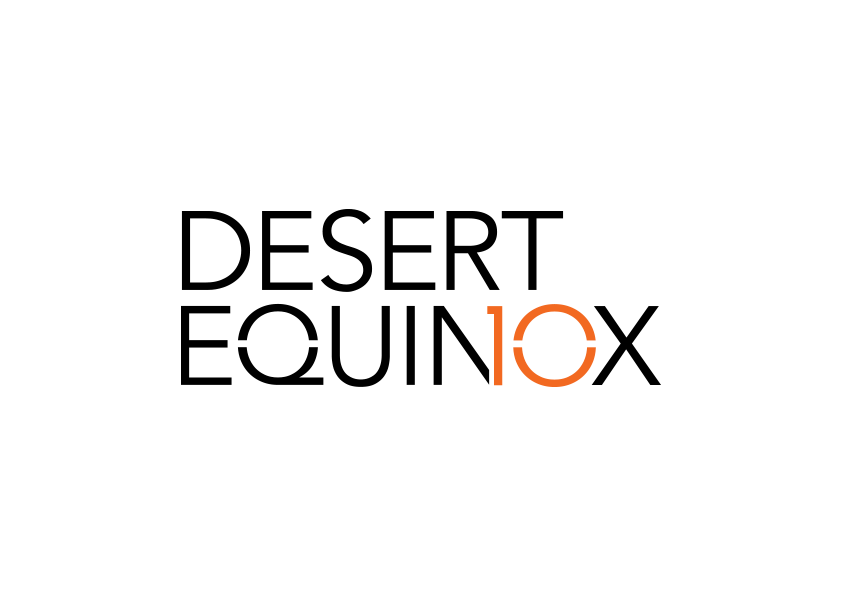Justin CARTER
Beings without a world
digital prints on cotton fabric
Rusty metal from Broken Hill, used to make the oak gall ink in Glasgow (image: Allan Giddy)
Digital print on cotton fabric
[Environment] should on no account be confused with the concept of nature. For the world can exist as nature only for a being that does not belong there, and that can look upon it, in the manner of the detached scientist, from such a safe distance that it is easy to connive in the illusion that it is unaffected by his presence. Thus the distinction between environment and nature corresponds to the difference in perspective between seeing ourselves as beings within a world and as beings without it. (Tim Ingold, The Perception of the Environment, 2000)
My practice sits at the dynamic intersection between art and environment. Recent works explore the legacy of the extracted landscape: evidence of historic and unsustainable exploitation of earth’s natural resources. Physical scars left by mining are clearly visible through photographic images, maps, diagrams, written accounts, physical heaps and abandoned machinery. Less visible, though, is the habitat and species loss brought about by this activity. Is it possible then to visualise this loss: to make the invisible visible?
The images shown in Broken Hill were originally made in Glasgow, using ink* created by mixing rusty machine fragments – harvested in Broken Hill – with oak galls** from a tree in my garden. By bringing together these contrasting and active elements from opposite sides of the Earth, I attempt to bridge the gap between here and there, nature and culture, past and present. Rather than depicting nature, I try to visualise environment.
My creative process here involves collaboration with what Jane Bennett calls the ‘vital power’ of these highly symbolic materials. The oak gall ink is transformed into a series of images on paper through klecksography (inkblots). Scanned and transferred onto fabric as digital prints, these are presented back into the public realm in Broken Hill as a form of temporary memorial evoking past, present and future environmental loss.
* Iron gall ink – made from iron salts and plant-based tannic acids – was widely used in Europe between the 5th and 19th centuries, and is still sold today. (Wikipedia)
** Abnormal growths formed when plants respond to viruses, insect larvae, mites or fungi.
Justin would like to thank: colleagues at Glasgow School of Art (especially Alan Shaw and Vicky Begg, Centre for Advanced Textiles) for their support; Allan Giddy for collecting and sending the rusted metal; all the artists and team at Broken Hill Art Exchange for installing his work.



